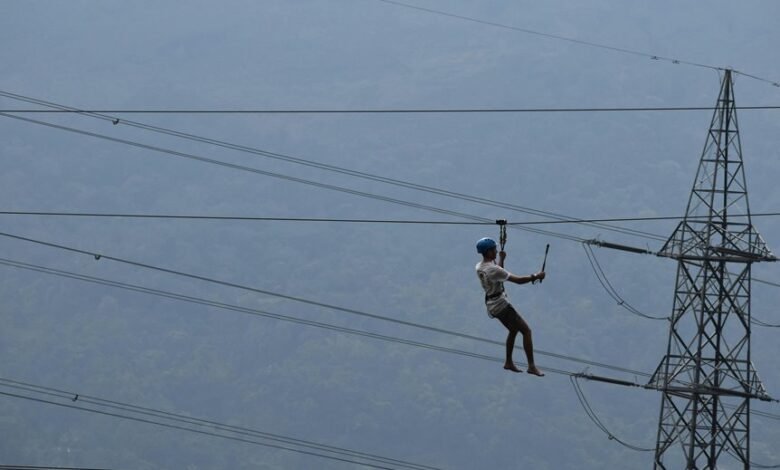Network Risk Inspection 3511098401 3277654562 3477363980 3792239940 3775971346 3775980813

Network risk inspection plays a vital role in assessing the vulnerabilities within an organization’s digital frameworks. By systematically identifying critical risk factors, companies can implement effective strategies to mitigate potential threats. This analytical approach not only strengthens their cybersecurity posture but also cultivates a culture of awareness among employees. Yet, despite these measures, the evolving nature of cyber risks demands continuous evaluation and adaptation. What specific strategies will emerge as the most effective in this dynamic landscape?
Understanding Network Risk Inspection
Although network risk inspection may seem a technical endeavor reserved for cybersecurity professionals, it encompasses vital processes that organizations must undertake to safeguard their digital assets.
Identifying network vulnerabilities through comprehensive risk assessment allows organizations to understand their exposure to threats. By systematically evaluating these vulnerabilities, entities can implement robust security measures, thus empowering them to maintain control over their digital environments and ensure operational freedom.
Analyzing Critical Risk Factors
As organizations strive to fortify their cybersecurity posture, a meticulous analysis of critical risk factors becomes imperative.
This process involves comprehensive risk assessment and vulnerability analysis, enabling the identification of potential threats and weaknesses within the network.
Strategies for Risk Mitigation
Effective strategies for risk mitigation are essential for organizations seeking to strengthen their cybersecurity framework.
Implementing preventive measures, such as employee training and system updates, can significantly reduce vulnerabilities.
Furthermore, conducting regular risk assessments allows organizations to identify emerging threats and adjust their defenses accordingly.
Enhancing Cybersecurity Posture
To enhance their cybersecurity posture, organizations must adopt a multifaceted approach that encompasses both technological advancements and human factors.
Implementing robust cybersecurity frameworks allows for structured risk management, while integrating threat intelligence ensures proactive identification and mitigation of potential vulnerabilities.
This comprehensive strategy not only fortifies defenses but also cultivates a culture of security awareness, empowering employees to contribute actively to safeguarding organizational assets.
Conclusion
In conclusion, network risk inspection is an indispensable aspect of modern cybersecurity, as evidenced by the statistic that 60% of small businesses experiencing a cyberattack go out of business within six months. This underscores the necessity for organizations to conduct regular assessments and implement robust risk mitigation strategies. By identifying vulnerabilities and fostering a culture of security awareness, businesses can significantly enhance their cybersecurity posture, ultimately safeguarding their critical assets against the ever-evolving landscape of cyber threats.




